Stunted garden flowers
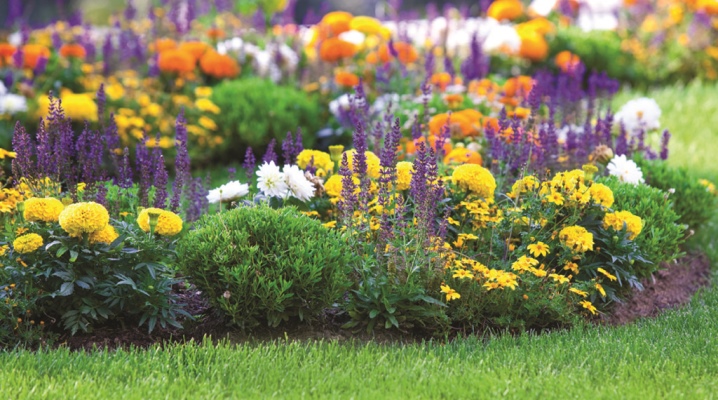
Low-growing garden flowers are an important element in the design of a wide variety of flower beds and borders. We will list what perennial and annual plants are used to create flower beds, and also highlight the main points that need to be considered when arranging flower beds.
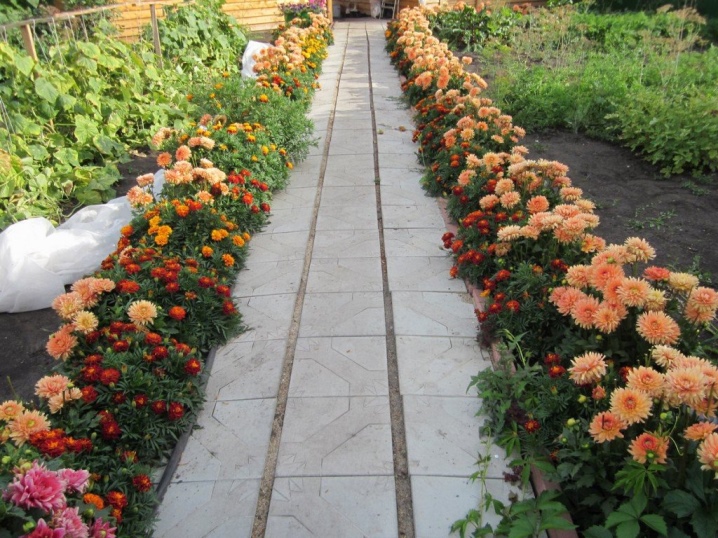
Peculiarities
Low-growing garden flowers are called flowering ornamental plants up to 30 cm high. Such flowers are widely used in ornamental gardening and landscape design: they can be used to create a beautiful border, flower bed or other decoration on the garden plot. Low-growing plants are often made part of a multi-tiered composition, planting them next to higher ones.
Carpet beds, which are distinguished by complex geometric patterns, are created from low-growing plants of the same height, including dwarf ones. For such flower beds, plants are chosen that are distinguished by long flowering or have decorative foliage. Carpet beds are often set up in parks, but for a summer residence it is quite a suitable option if there is a desire to decorate your site in this way. Like other plants, flowers with short stature are light-loving, shade-tolerant and shade-loving.
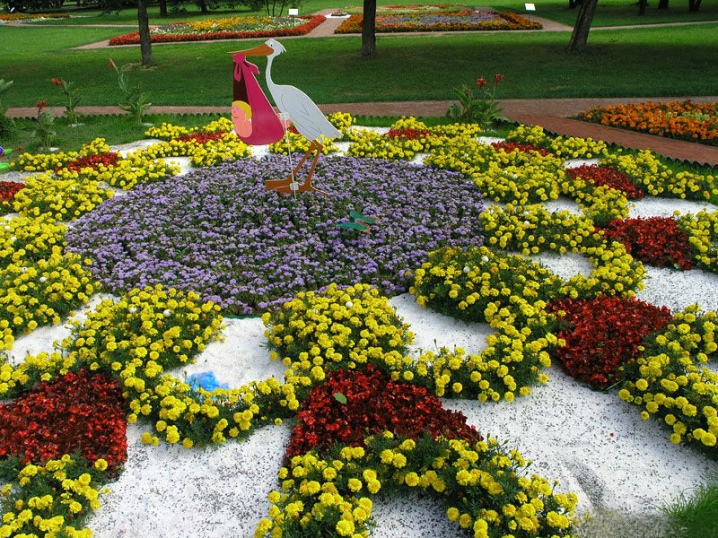
Species overview
Low-growing garden flowers can be annual, biennial, or perennial. Annuals, unlike perennials, need to be planted annually. This is more troublesome, but allows you to decorate the site differently each year. Some short flowers that are grown as annuals are actually perennial, but not hardy.
If, before the cold weather begins, such a plant is transplanted into a pot and provided with a suitable temperature and light regime, then it will continue to delight with its flowering further.
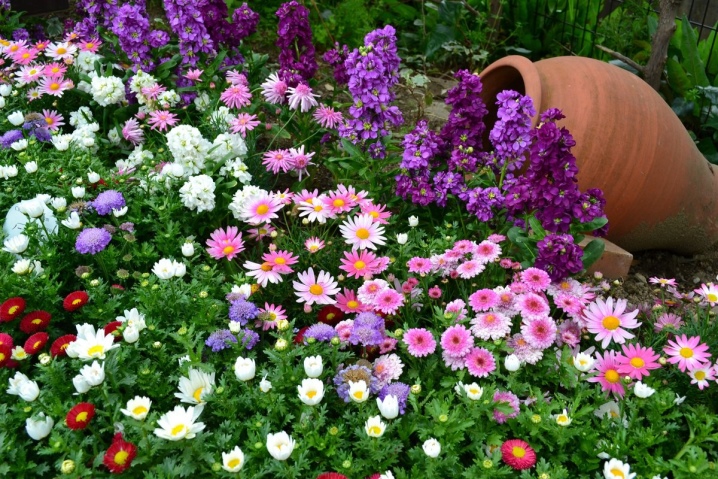
These colors include, for example, begonia and gatsania. Individual plants cultivated as annuals do not tolerate transplanting well, but can self-sow well - for example, Alpine and Californian poppies. To decorate a flower bed in the form of a mini-garden, not only low-growing flowers are suitable, but also flowering low shrubs:
- heather;
- recumbent gault;
- creeping willow;
- Dammer's cotoneaster.
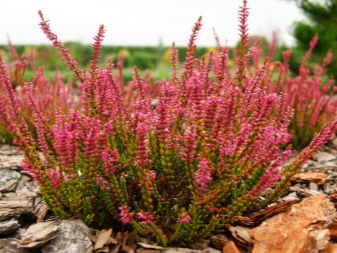
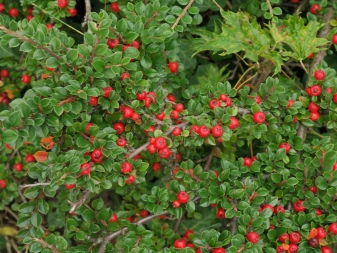
They are used in miniature flower beds along with dwarf conifers.
Annuals
Annual undersized garden flowers, which grow well in sunny places:
- purslane;
- ageratum Mexican;
- bush or ampelous petunia;
- Iberis bitter (Iberis is also called stennik or Iberian);
- Iberis umbrella;
- marigold;
- zinnia (there are both tall and undersized varieties);
- Snapdragon;
- lobelia;
- chrysanthemum;
- aster;
- nasturtium;
- dwarf dahlia;
- gatsaniya;
- hybrid verbena;
- thornless thorn;
- annual carnation (Chinese);
- alpine poppy;
- escholzia (california poppy).

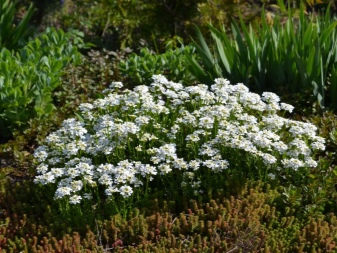

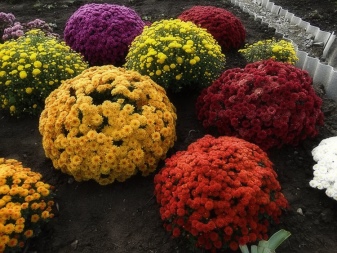
Annuals that are suitable for planting in partial shade include:
- calceolaria;
- mimulus;
- arizema;
- trillium;
- garden begonia;
- nemophile.
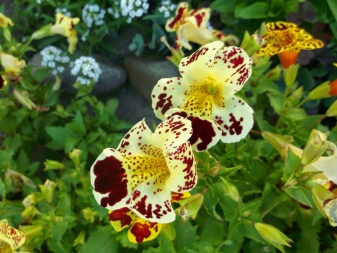
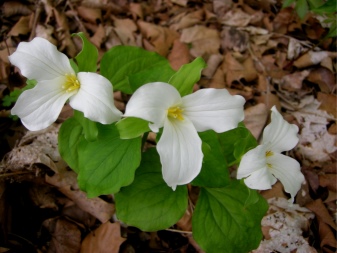
Annuals have a different season and duration of flowering, which is important to consider when decorating flower beds. Plants blooming at the same time are chosen for regular flower beds. In irregular flower beds, plants are planted that bloom at different times. Due to this, the flower garden retains its decorative appearance for a long time.
Biennial
Flowers that are perennial by nature can also be cultivated as biennials, since it is in the second year that such plants bloom better, and in the third they begin to lose their decorative effect.Plants begin to bloom in spring, which is very valuable. These plants include:
- daisy;
- violet (viola) / pansies;
- forget-me-not.
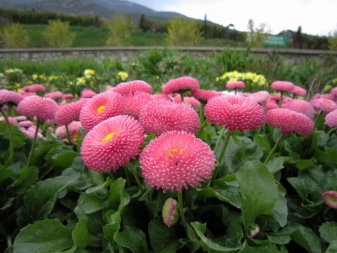

Perennial
Flowers that can overwinter are perennials and are well suited for a permanent flower bed. Among them there are those who definitely need good illumination, and there are shade-tolerant and even shade-loving ones. Low-growing perennials that grow well in sunny areas include:
- sea alyssum;
- alpine arabis;
- shaved;
- marigold;
- dwarf iris;
- arenaria crimson;
- gentian;
- sedum;
- heather asters;
- saxifrage;
- border roses;
- herbal carnation;
- phlox subulate;
- undersized hyacinths;
- dusheney Indian;
- garden geranium.
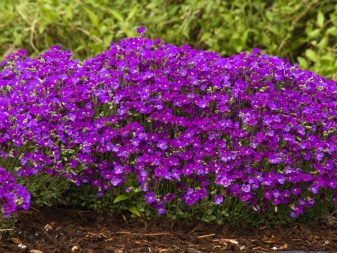
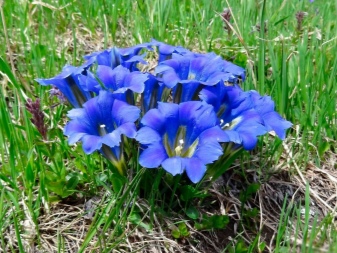
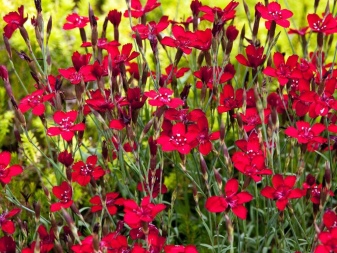
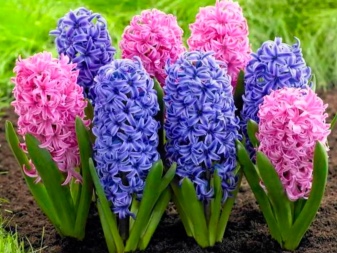
Perennials that love or tolerate partial shade well are:
- arenaria crimson;
- heather asters;
- alpine aster;
- aquilegia;
- Waller's balsam;
- garden geranium;
- periwinkle;
- primrose.
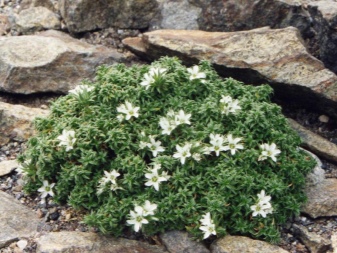

Some perennials can grow both in open places and in partial shade, that is, in areas that are illuminated only part of the day by direct sunlight. For certain varieties and species, only openwork penumbra is possible (which is created by the crowns of trees, while the area where the flowers are planted is illuminated all day), such plants do not tolerate direct sunlight. The exact type of partial shade that is suitable for the plant (or other lighting option) is indicated by the manufacturer on the package.

Which ones to choose?
In order for plants to grow and bloom well, when choosing them, you need to take into account a number of factors:
- suitable soil type for them;
- light mode;
- watering mode.
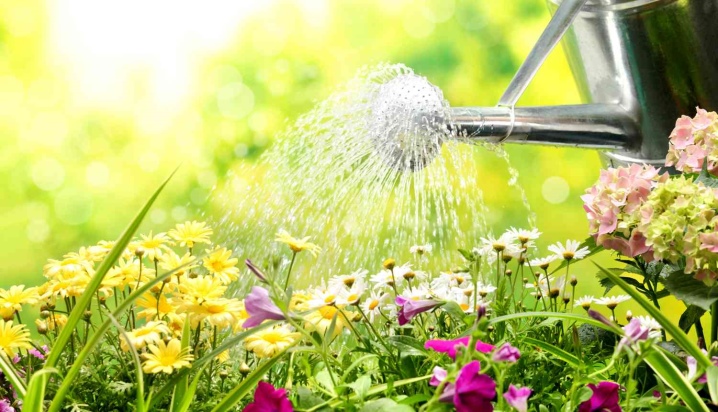
All this must be correlated with the characteristics of the soil in the area where the flowers are supposed to be planted, as well as with whether they will receive enough light, whether they will not suffer from its excess (in the case of shade-loving plants), whether it will be possible to provide them with the required watering regime. Flowers should be combined on the same flower bed, which have approximately the same requirements for the light regime and the watering regime. Besides, it is necessary to take into account that there are plants that can actively grow and displace other species (for example, saxifrage or arabis).
When choosing, one should take into account the flowering time of the plants. A flower bed with plants blooming at different times retains its decorative appearance longer. A win-win option, in terms of compatibility, is monoclumba, that is, flowerbeds in which flowering plants of the same species are planted, with petals of the same color or different colors.
However, in this case, it is better to choose plants with a long flowering period, such as petunias or marigolds.
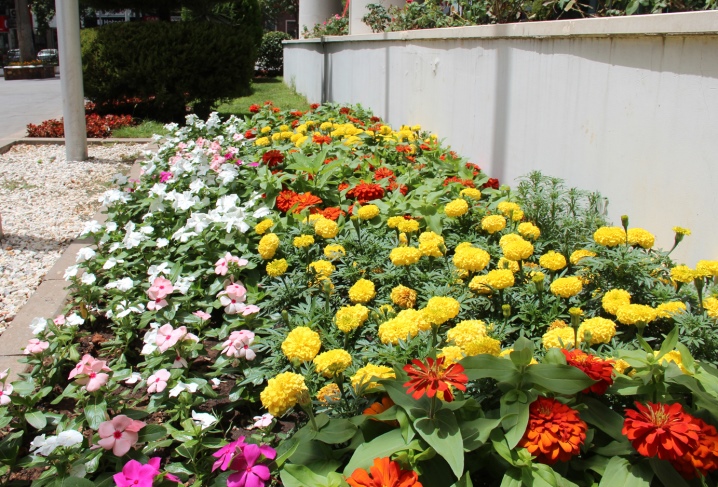
Examples in landscape design
Monoclumbums, broken on the lawn, look spectacular. They can be of a wide variety of geometric shapes.
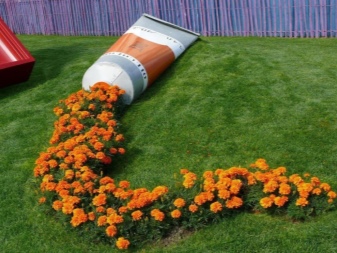

Sometimes flowers are planted in a path or a stream; a decorative element in the form of a broken pot, a jug or a partially buried tub is included in the composition - a so-called dry stream is obtained.
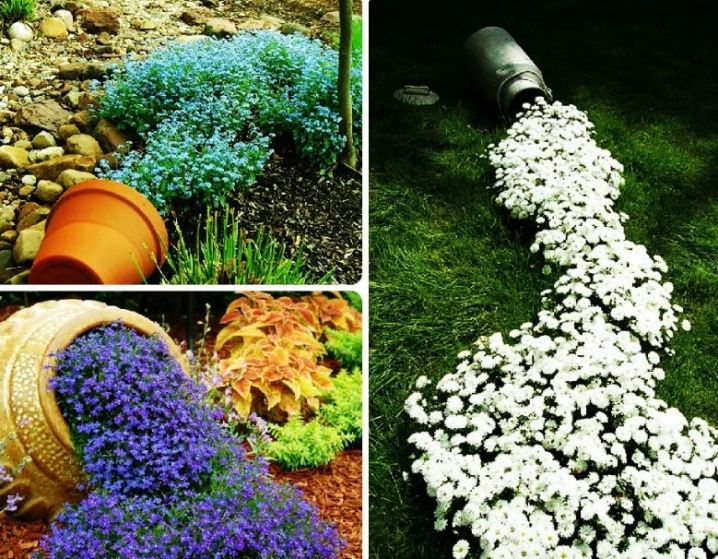
Sometimes old boats are adapted for the flower bed or specially made decorative ones are installed - the flower garden looks very original. This option is great for planting low-growing flowers.

Another interesting option is a flower garden with a decorative wheelbarrow or even a cart. Pots with perennials can be installed on the trolley, which must be transferred to a warm room in winter.
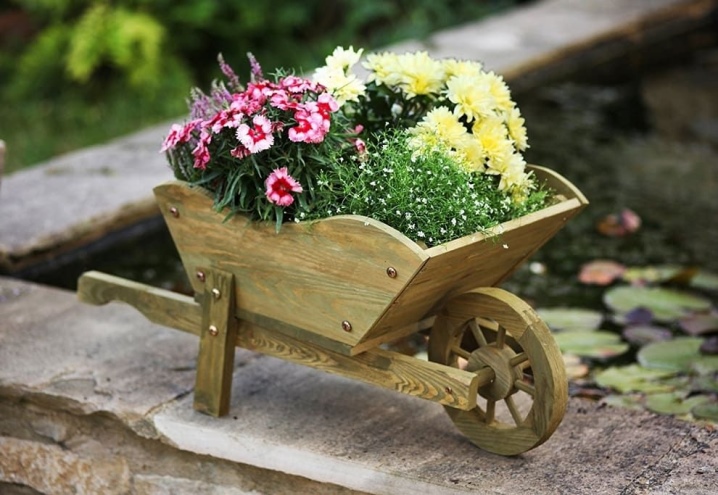
What low-growing flowers can be sown directly into open ground, look at the video.







































































































The comment was sent successfully.